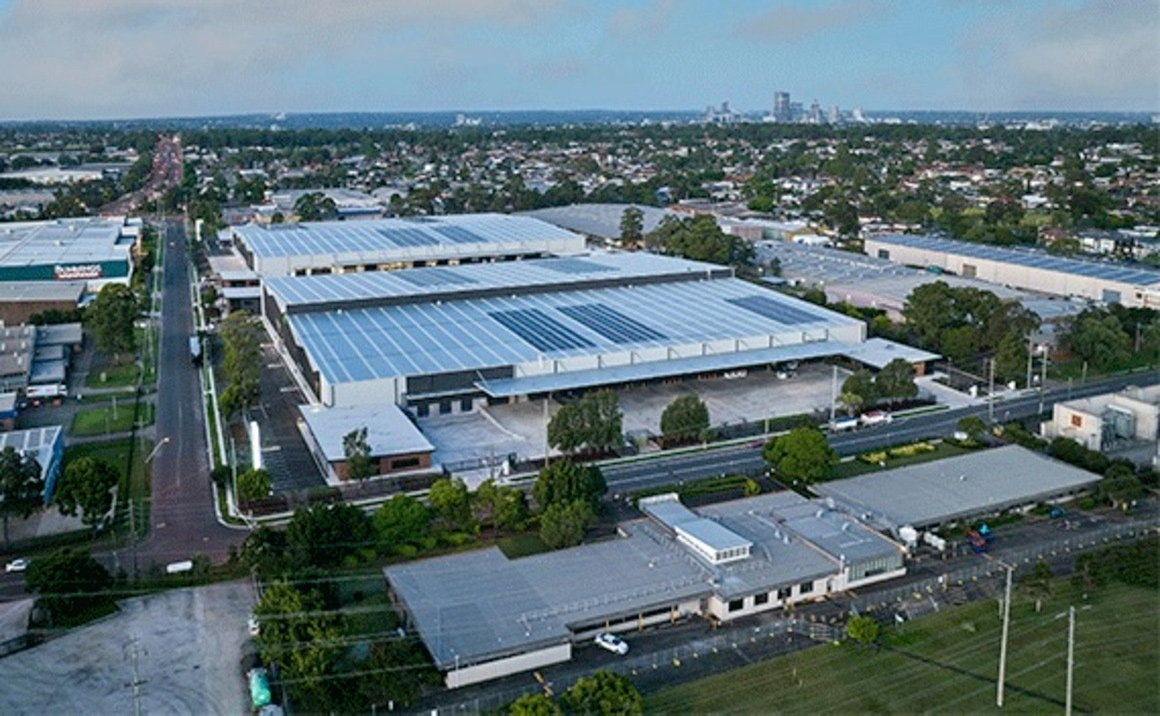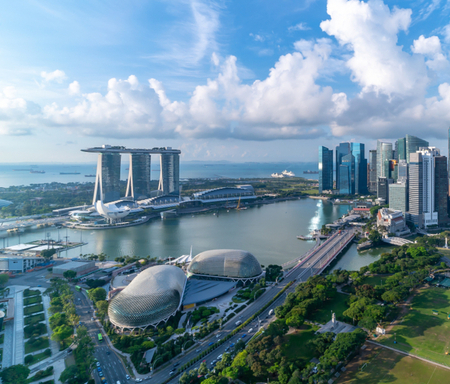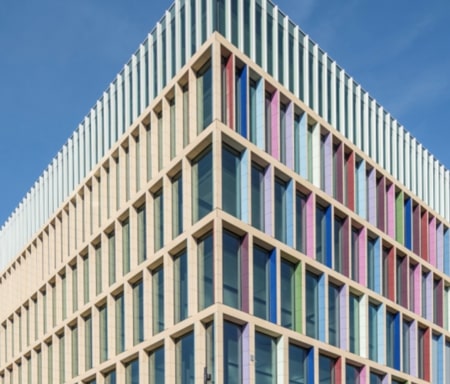
Mixing up industrial & logistics
The past decade has seen remarkable developments in industrial and logistics real estate in the Asia Pacific region; now the sector is set to branch out into mixed-use developments.
The past decade has seen remarkable developments in industrial and logistics real estate in the Asia Pacific region; now the sector is set to branch out into mixed-use developments.
This will mean both logistics appearing in urban mixed-use developments and a broader mix of uses occurring in large edge-of-town industrial and logistics parks.
The need for “last mile” logistics centres – smaller facilities which are closer to the end-delivery point – means that logistics real estate is moving further into cities. In Europe and the US, this is allowing logistics investors to take up space in flagging retail and office properties.
Retail and office markets in Asia Pacific have not suffered to the same degree, however a mix of retail and logistics space can benefit retail owners. For example, China’s Chongbang Group has been building fulfilment centres at its retail-led mixed-use Life Hubs for some years. These facilities allow customers to collect, try on and return items from online retailers and boost footfall to the centres.
The Mall of Dubai has a logistics centre which collects customer purchases and delivers them, meaning shoppers do not need to carry their purchases around the mall.
“Last mile facilities are becoming increasingly important for logistics companies and logistics real estate specialists,” says Jack Harkness, director, regional industrial and logistics services at Savills Asia Pacific. “The density of Asia’s cities means these facilities will likely be part of a larger building and in time we should see more logistics space being factored into mixed-use developments.”
Meanwhile, a wider range of uses is being seen in locations and buildings traditionally used for industrial and logistics. For example, in Hong Kong, older buildings can be upgraded under the industrial revitalisation scheme. This might mean redevelopment but could also mean adding office, logistics, data centre or self-storage space alongside light industrial use.
Meanwhile in Australia, Goodman Group upgraded the Smithfield Distribution Centre in Sydney to create a mix of modern flexible warehouse and office space.
In Singapore, industrial space is set to include vertical farming, as the city-state seeks to increase domestic production of food under the ambitious “30 by 30” plan, under which it aims to produce 30% of its food domestically by 2030, compared with 10% today.
Large industrial and logistics parks lend themselves to renewable energy production, most notably through solar panels. For example, Singapore-headquartered GLP has 415 MW of solar panels installed at its parks and has also branched out to providing charging infrastructure for electric vehicles.
“The broad industrial and logistics category already covers a mix of uses, such as business parks, R&D centres and cold storage facilities,” says Harkness. “We expect to see a number of these ‘niches’ grow due to strong tenant and investor demand.”
On top of a greater mix of uses, Asian industrial and logistics space will change as the cities around it develop and grow. As cities grow, edge of town areas will become urban and open up the possibility of converting industrial and logistics space to other uses.
Further reading:
Hong Kong industrial report
Contact Us:
Jack Harkness



